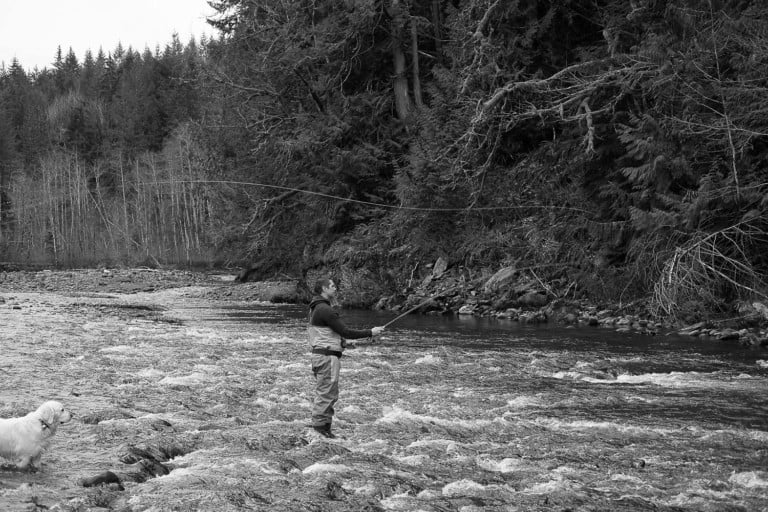When it comes to reporting on conservation news, it’s hard to find optimism in our current trajectory. Good news stories drown in the waves of habitat destruction, species declines, escalating global pollution, and the increasingly apparent impacts of climate change. It’s vividly apparent that our current consumption behaviours are unsustainable — check out this graphic from the Visual Capitalist.
Even without a deep understanding of resource provision and impact, the statistics are frightening. A third of all terrestrial environments are occupied by agriculture, and this utilises 75% of all available freshwater. More than 30% of marine fish-stocks are over-harvested, with the majority at their maximum sustainable level of exploitation. A very accessible overview can be found in the WWF Living Planet Report, and if you want to add a cherry to your cake of doom, check out the global population clock. Here you can watch the current population of 7.7 billion people tick up before your eyes. While you may be thinking that the increasing awareness of sustainable ‘green’ choices are a swinging axe to counter this negativity … sorry, I have news. It turns out that ‘green consumerism’ doesn’t always have the outcomes one may expect. Purchasing decisions are partially based on historical choices, and research shows that the self-perception of morally virtuous behaviours, leads to subsequent less ethical behavioural decisions.
With the bar of despair set relatively high already, let me inject a little hope and wonder, by kicking off this month’s science of conservation with a moment to reflect. A time-out to remember that the most powerful driver we have for positive change in conservation is to re-connect people with nature; to embrace a re-awakening of the physiological and health benefits, as well as what we gain materially through ecosystem services. So, enjoy these spectacular starling murmurations,





